Once upon a time, there were three little churches. They were happy little churches. One day, they set off into the wide world to seek their fortune.
By and by, they came to a pile of bricks. The first little church said, “Look, a pile of nice bricks! I’m going to build myself a house out of these bricks. Would you like to share it with me?”
“We’ll help you build, said the second little church. But we can’t live here with you.”
“Suit yourself,” said the first little church. They happily set to work, whistling and singing and building a fine, solid house of bricks. It had four brick walls, a good concrete foundation; it had ninety-nine stairs to the upper level, and forty-four stairs to the lower level, and the three lively little churches loved to run up and down them all.
When it was all done, the three little churches had a big dedication service, and they invited all their friends and neighbors. The bishop and the district superintendent came, they sang lots of songs, and had lots of speeches, and of course they had a big potluck afterward, and everyone made pigs of themselves. Then the friends and neighbors all went home, and the other two little churches went also, leaving the first little church happily arranging the furniture, polishing the knickknacks and dusting the bric-a-brac in its nice, new house.
Meanwhile, the two remaining little churches went on their way, whistling happily. They came to a pile of cedar lumber. The second little church said, “Oh look! Cedar lumber!”
“I see it!” said the third little church.
“I’m going to build myself a house out of this cedar,” said the second little church. “Would you like to live in it with me?”
“I’ll help you build,” said the third little church, “but I can’t live here with you.”
“Suit yourself,” said the second little church. They happily set to work, whistling and singing and building a fine, big house of cedar. The first little church came too, once it had finished dusting its bric-a-brac and polishing its knickknacks. Soon they had completed a lovely house. It had high cedar beams in the ceiling, and wonderful woodwork in the stairwells, and it gave the three little churches the feeling of being in a great ship at sea.
Again, a celebration, a dedication service, speeches and singing, and a potluck lunch, at which all the little churches once again pigged out.
When all the visitors went on their way, the third little church went on its way, humming and rubbing its full tummy. It came to a pile of straw. “Oh, look at this wonderful pile of straw!” said the third little church. “I suppose I could ask for some help from the churches back there, but this is such a light material, I’m sure I can build an excellent house without their help.” Nevertheless, the third little church (because it was a connectional church) called its fellow churches, and together they bundled and built, bundled and built, until they had raised a light and lovely house of straw for the third little church to live in.
“This is by far the easiest house of the three we’ve built,” said the second little church, the one with the house of wood.
“I agree,” said the first little church, “but I am concerned about its durability; what will happen if there’s a wind, or perhaps even (heaven forbid) a fire?”
“One thing about straw,” said the third little church, “you can always get more.” (The others rolled their eyes; the third little church was so naively optimistic sometimes.)
Again the three little churches held a big dedication service, and again the speeches and the singing, and after that the potluck, where they ate and ate, until they were all sufficiently suffancified, and there was still a lot left over. It was marvelous!
What the three little churches did not know was that while they were inside, singing and eating and making merry, outside the house of straw along came a great big, wild wolf. “What have we here?” the big, wild wolf said to itself. “I’ll just lurk in these bushes, and listen, and sniff, and find out.” And, since it was a house of straw, the great big, wild wolf heard every word, and smelled every smell, and through the windows saw every plump, juicy member of each little church. “We’ll just see about this,” smiled the big, wild wolf, with a big, wild smile. And when the first two little churches went home, the big, wild wolf lurked along behind, and saw the house of wood, and the house of brick, where the other two little churches lived.
So, the great big, wild wolf lurked off into the darkness of the forest. For days and days, from the darkness of the forest, it watched the three little churches going about their business, and it devised a plan.
By and by, the first little church was gathered inside its house of brick, singing and eating and having a delightful time. Along came the big, wild wolf. “Little church, little church, let me come in,” called the big, wild wolf. “Not by the hair of our chinny-chin-chin,” chorused the first little church (in perfect four-part harmony).
(At this point, the story breaks down a little; different voices sang out different reasons why the big, wild wolf ought not be let in: we don’t know you; you’re different; our nine hundred stairs aren’t accessible for you, sorry, but that’s the way it is; there isn’t room in our house, or our hearts, for you; you might even be dangerous.)
“Then I’ll huff, and I’ll puff, and I’ll blow your house in,” sang the big, wild wolf.”
“We know this story already,” said the first little church. “The big, wild wolf can’t blow in the brick house.”
“You’re right,” said the big, wild wolf. “If you don’t let me in, I guess I’m shut out.” And the big, wild wolf went sadly away.
The next Sunday, the second little church was gathered in its house of wood. Same story. Wolf came, called. “Not by the hair of our chinny-chin-chins,” sang the second little church (though some were wondering what chinny-chin-chins were, exactly). The second little church was nervous, though, because they knew the story, too (perhaps it was written by the brickmasons’ union), and the wooden house simply does not fare very well. So, while the wolf was on one side, and they could hear its great, swooshing inhalation, the second little church ran out the exit on the other side, and dashed into the forest, high-tailing it for (you guessed it, they did know their story) the brick house of the first little church. Behind them, they heard the cracking and splintering of timbers, as the big, wild wolf huffed, and puffed, and blew that house of wood in, out, up, away, every which-a-way, hither-and-thither, helter-skelter, and higgledy-piggledy! The big, wild wolf itself, they never saw.
(Now, since it was a Responsible little church, the insurance policy was up to date, and although it was heartbreaking to lose their first wooden house, and incredibly inconvenient, they were able in time to build a second house, this time far more windproof. But that’s another story.)
The following Sunday, the third little church was gathered in its house of straw. (Quite a few of its members had stayed home, or decided that while the winds were unpredictably strong it might be a good time to visit the church in the brick house, but many other members showed up for the first time in weeks or months, as folk are liable to do when there are Troubles — and the Troubles of the church in the house of wood had folks kind of shaken-up.)
Again from the forest came the wolf, the great big, wild wolf, even bigger and wilder than before. The third little church had been expecting it. “Little church, little church, let me come in,” roared the great, wild wolf.
But the third little church knew their story too; and they knew that it wouldn’t do any good to make the big, wild wolf angry. Some of them ran away out the back door, some were too frightened to move. But most of the congregation had decided that, if the big, wild wolf came, they would just let it. And if it blew down their house of straw, well, “One thing about straw, you can always get more,” they would say.
So when the big, wild wolf called, “Little church, little church, let me come in,” the third little church sang a new chorus: “Come in, come in and sit down! You are a part of the family!”
“I’ll come in, but I don’t sit!” said the big, wild wolf. “I’m wild, remember?
And because there wasn’t a door large enough for the big, wild wolf, the big wild wolf breathed in, a big, wild breath, and puffed its big, wild cheeks, and blew.
First, the roof of straw blew in, and out, and up, and away, every which-a-way, hither-and-thither, helter-skelter, and higgledy-piggledy! Nothing more could be seen of the roof of straw, but only sky.
Then, the side-walls blew down with a whoosh until they became mats of straw on the ground, and the room became part of the woods all around, and they saw the great, big, wild wolf.
At this point, almost every member of the third little church was terrified. “This’ll be the end of us!” they thought. But one member, a tiny little thing, one of the oldest, but frail and maybe a few cards short of a full deck, some thought, piped up. “Come on in; you’ve missed the announcements, and you’ve missed the sermon, but the main thing’s the potluck, and at a potluck there’s always room for one more.”
And what happened then? Well, the way they tell it over at Third Church, the great big wild wolf lowered its face, ’til the littlest, oldest member could look it directly in its huge eyes. “You welcomed me,” said the big, wild wolf. And the littlest, oldest member walked toward the big, wild wolf, and stroked its cheek. Then a child pulled loose from its parent, and ran to the big, wild wolf. “Me too!”
The potluck dinner was simply amazing. The meal lasted forever, and the big, wild wolf, with the rest of the little church, pigged out. The table seemed more full of leftovers than it had ever been before. After dinner, the little church looked about. “One thing about straw, you can always get more,” said the trustees, “but how shall we build so that we’re big, wild wolf-accessible?”
“And how can we arrange the furniture, for a big, wild wolf who doesn’t sit?” asked the worship committee.
“We don’t even have any howl choruses in our hymnal,” said the music director.
“Not a problem,” said the big, wild wolf. “Climb aboard.” So the whole little church stepped up, clambered up onto the back of the big, wild wolf. It was exhilarating there! Hymnals, and seating arrangements, and even questions of building accessibility, liability, and diversity looked so small from there.
The big, wild wolf loped off into the forest. Soon everyone was singing, laughing, even howling. The little senior member who had invited the wolf to the potluck was overheard to say, “I don’t really like this wolf-music as well as the songs I learned in Sunday School, but it seems to make the wolf happy, and seeing the wild wolf so happy makes me so happy I could just burst.”
The End
©1999, Wes Stanton
Last week I read the story of the Three Little Pigs to my near-five-year-old granddaughter, and was reminded of this piece I’d written several years back. I wonder if this would hold her interest, I thought. So I printed it out, and gave it a go. She stayed with it, all through, so I decided it might be worth sharing with you.
I’m indebted as always to so many for anything I write. Perhaps you find echoes of Kipling’s Just-So Stories in some of the linguistic silliness, or C.S. Lewis’ Aslan in the Big Wild Wolf who does not sit (he’s wild, remember?), maybe a hint of Maurice Sendak’s Wild Things. Maybe you envision this as a reversing reworking of Walt Disney’s classic version of the Three Little Pigs, with a dollop of the United Methodist Book of Discipline thrown in.
I hope the only direct quote, though, is James K. Manley’s formative “Part of the Family,” which helps me remember how a church ought to welcome. If you’re going to read the story aloud, you might want to click this link, and learn the chorus’ tune to sing when you come to that part of the story.
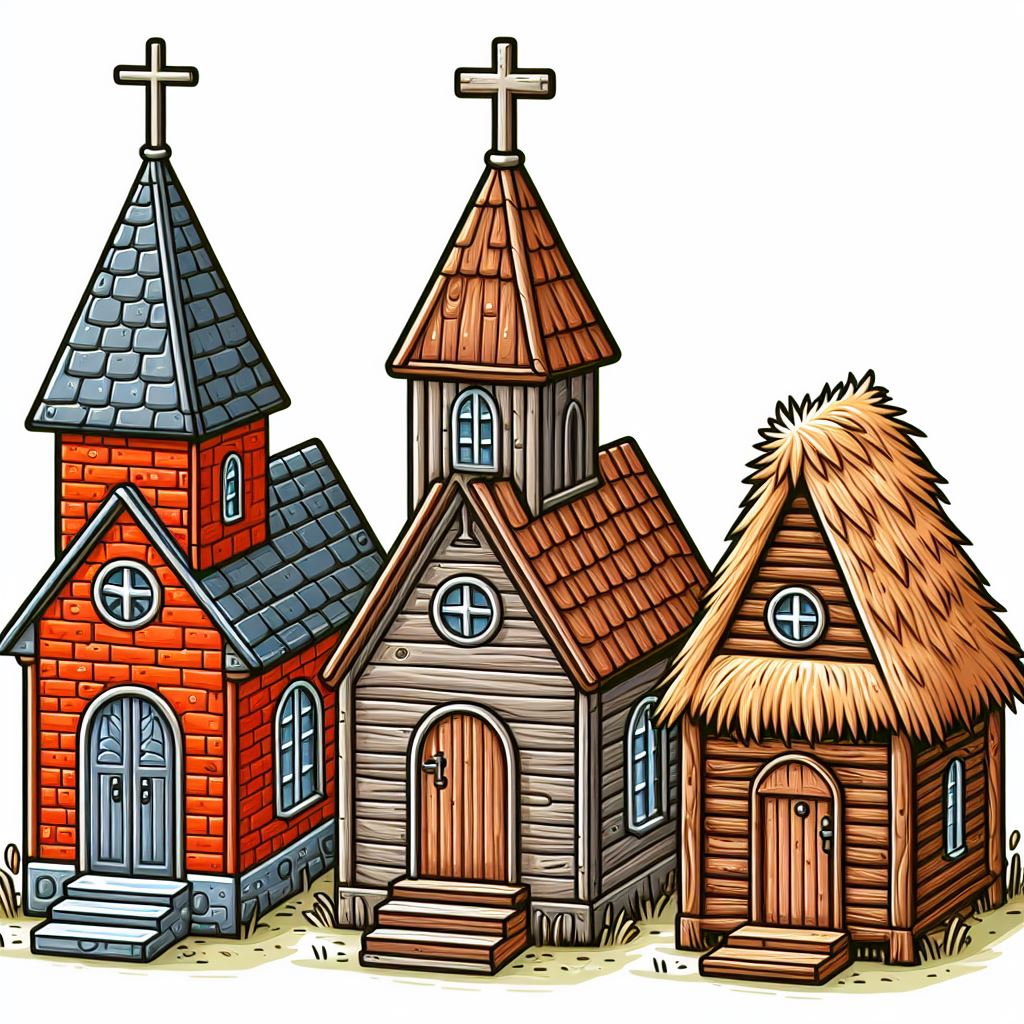
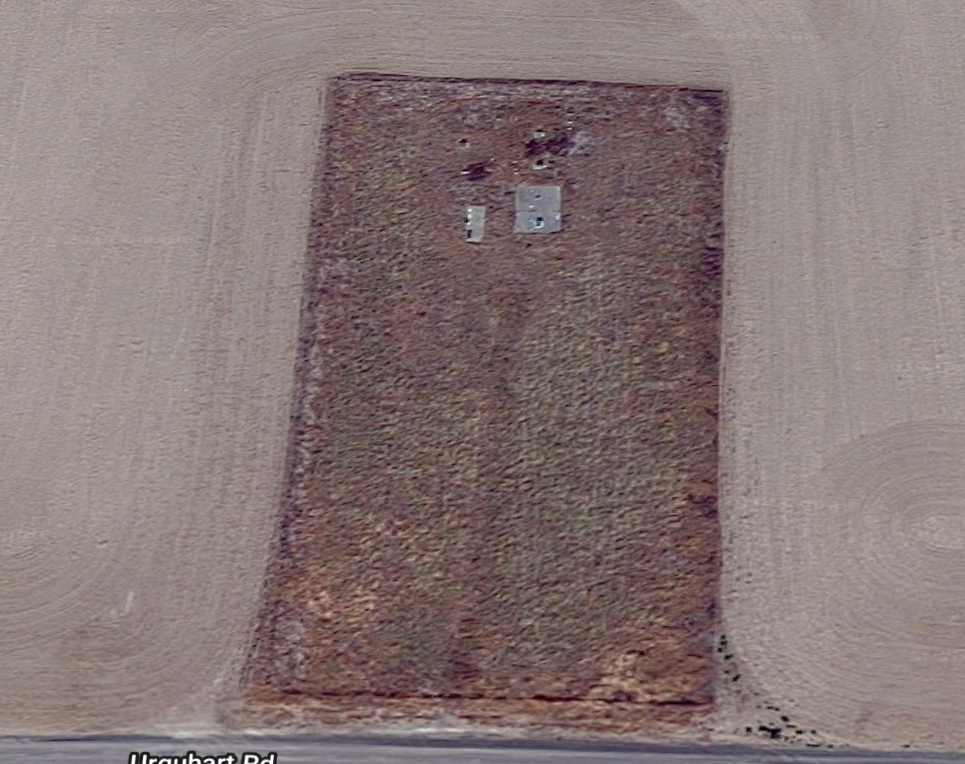





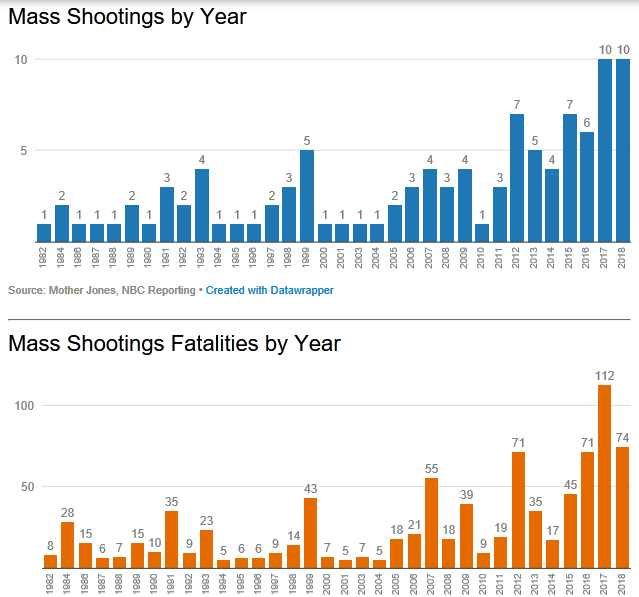

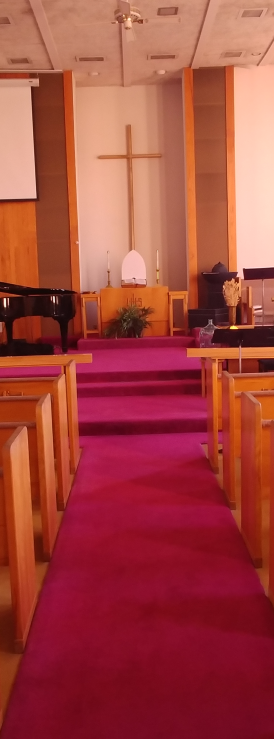 This is the week we gather for worship.
This is the week we gather for worship.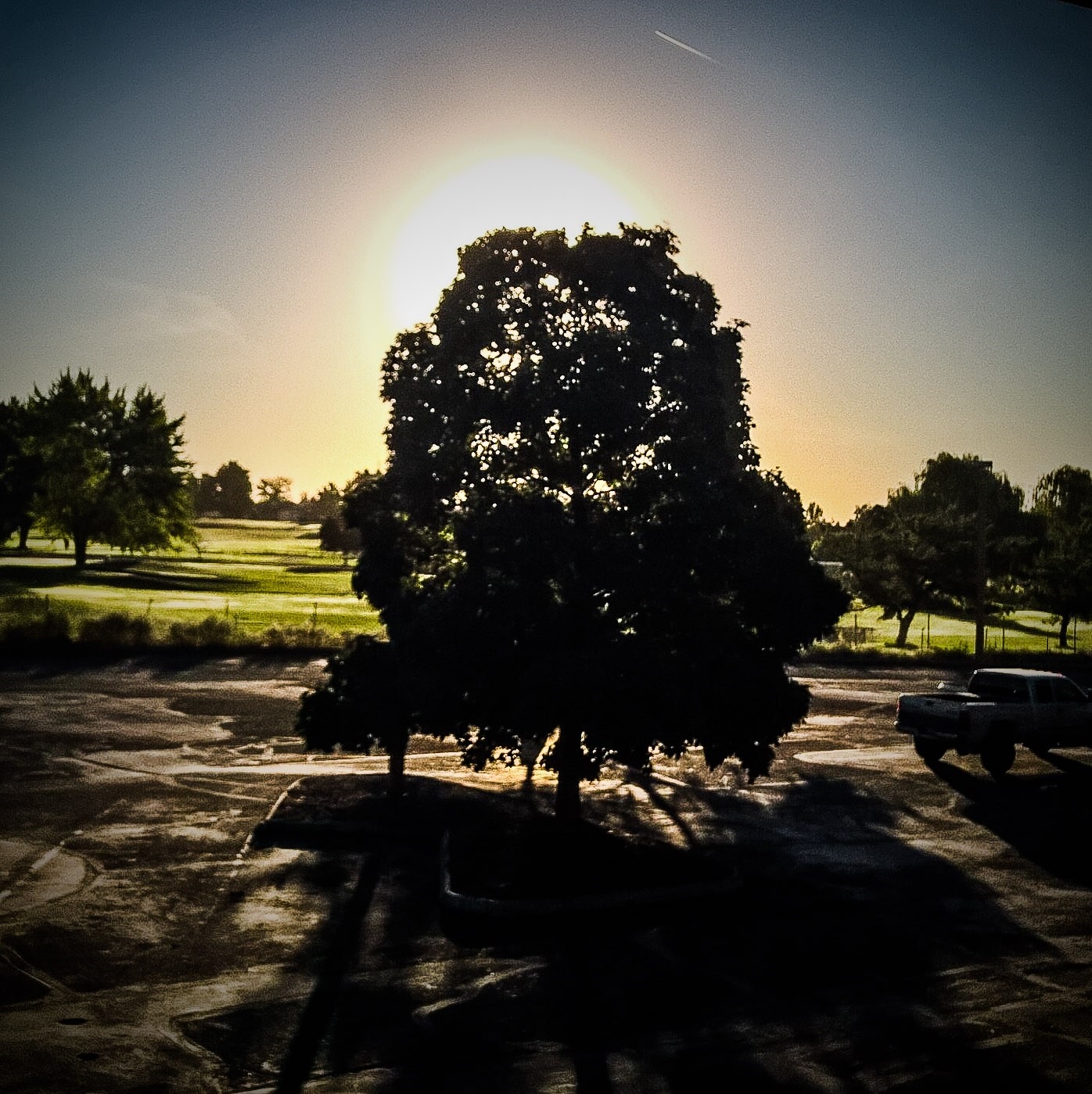
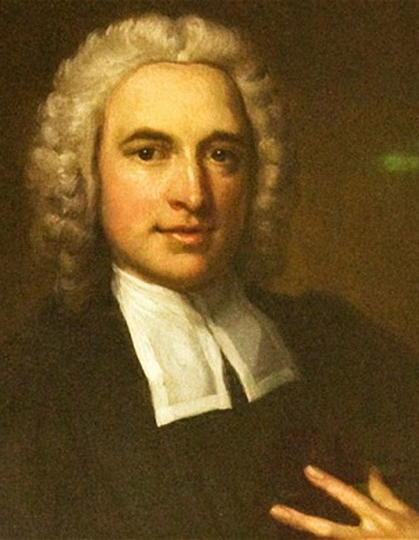
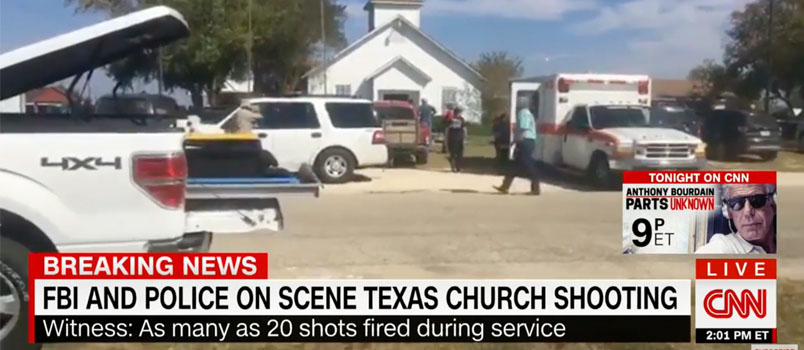
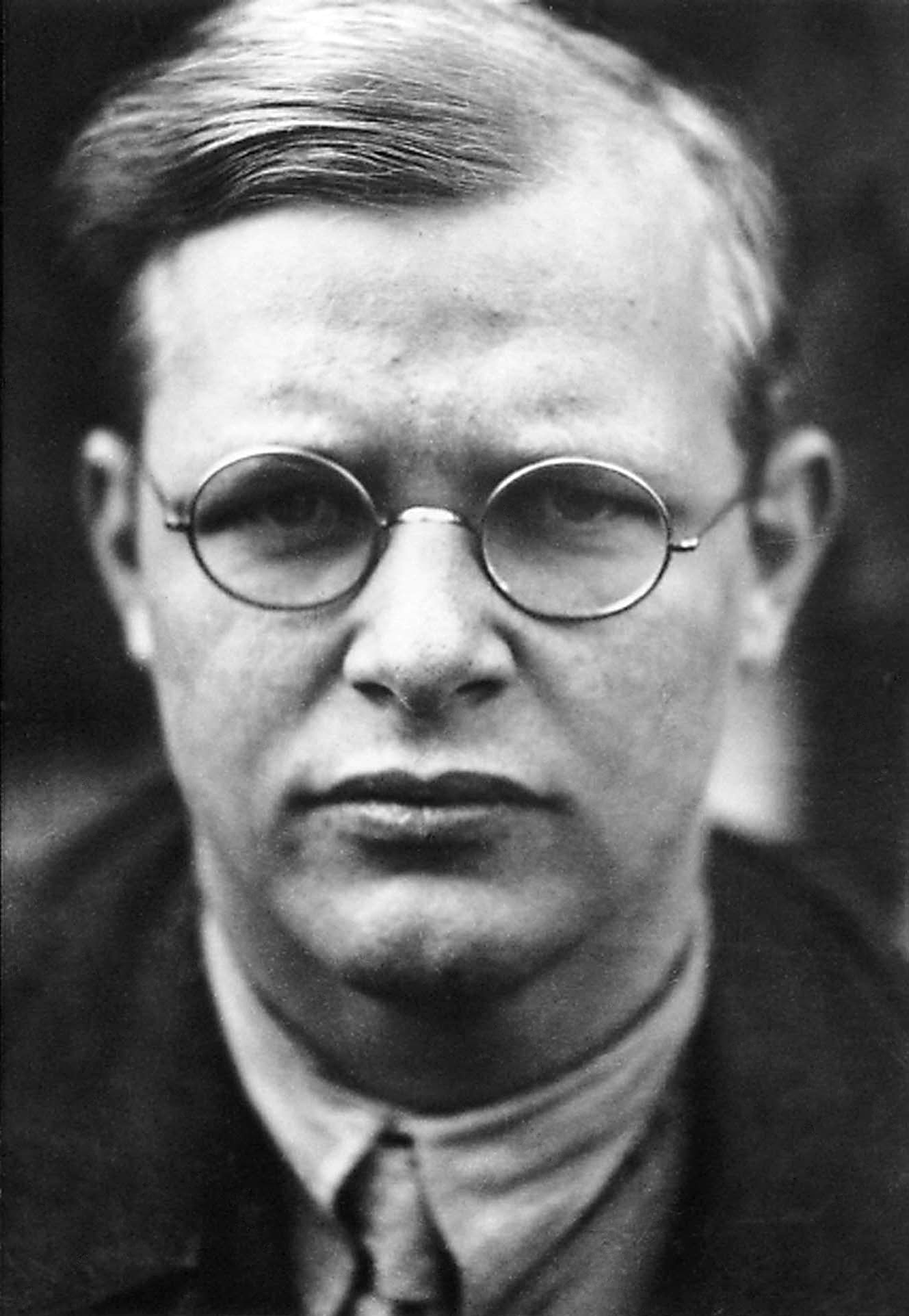 We Christians slip into this denial of our own death all too often. It’s easy, especially in a culture that denies it all the time. But we do die. And Christianity doesn’t even try to deny death. In the Gospels, the only times Jesus talked of the cross, it wasn’t about the cross he would carry, but about the one that we would carry:
We Christians slip into this denial of our own death all too often. It’s easy, especially in a culture that denies it all the time. But we do die. And Christianity doesn’t even try to deny death. In the Gospels, the only times Jesus talked of the cross, it wasn’t about the cross he would carry, but about the one that we would carry: